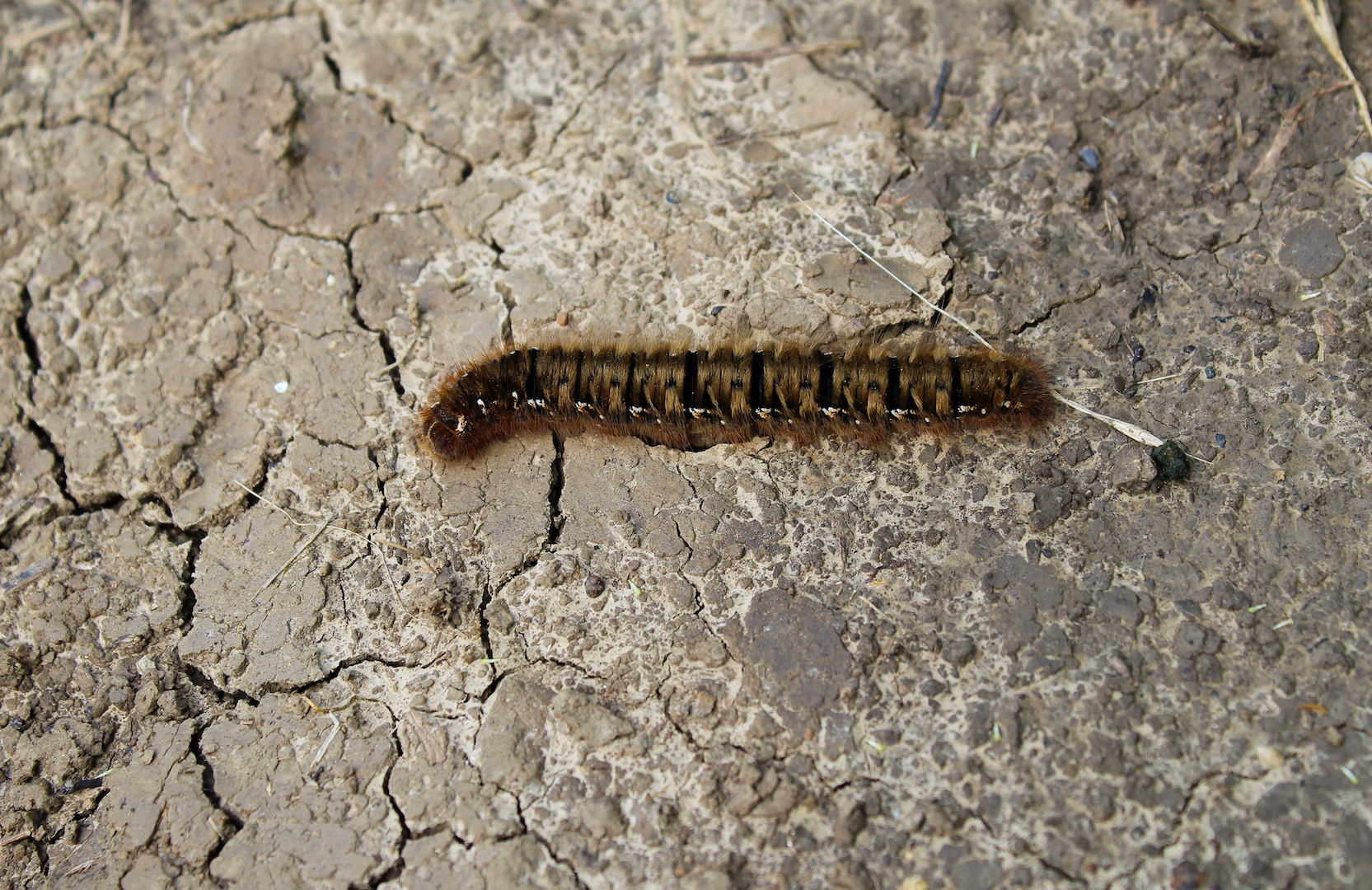Toxic hairy caterpillars invade Maine
The caterpillars have tiny, toxic hairs that are irritating to the skin.

Poisonous caterpillars are spreading across Maine, according to recent news reports.
The tiny caterpillars, known as browntail moths (Euproctis chrysorrhoea), have brown bodies with white streaks, orange dots and thin poisonous hairs that can cause poison-ivy-like rashes and breathing problems in some people, according to the Maine Department of Agriculture, Conservation & Forestry.
"The rash results from both a chemical reaction to a toxin in the hairs and a physical irritation as the barbed hairs become embedded in the skin," according to the department.
Related: 20 startling facts about insects
These creepy crawlies were accidentally introduced to Massachusetts in 1897 from Europe and quickly spread across New England. In the decades since, their numbers declined and nowadays they're mainly found along the coast of Maine and in Cape Cod, Massachusetts, according to an outbreak update from the department.
This year, however, the furry critters have been spotted in all of Maine's 16 counties, Jim Britt, a spokesperson for the Maine Department of Agriculture, Conservation and Forestry, told The New York Times. "People are finding them everyplace: on the ground, on the picnic table, on the electrical box, on the corner — you name it," he said.
They seem to be moving farther inland naturally by hitching rides on buses and trailers, according to the News Center Maine. And conditions aren't likely to change soon, Britt said.
Sign up for the Live Science daily newsletter now
Get the world’s most fascinating discoveries delivered straight to your inbox.
Hot and dry weather may partly explain this year's larger-than-normal outbreak, according to the Maine Department of Agriculture, Conservation & Forestry. Outbreaks of browntail moth caterpillars have been happening in the state since 2015, according to the update. "Generally speaking, this year will be as bad [as] or worse than last year in terms of potential encounters with browntail moth," the update read. The caterpillars are active twice a year: from mid-April to June and from August to early October.
Some people aren't affected by the caterpillars at all, but most develop a rash that lasts for a few hours up to a couple of days (and in some cases, up to several weeks) from either direct contact with the caterpillar's hairs or from airborne hairs that settle onto the skin. Airborne haris can also trigger respiratory distress that can be "serious," according to the Maine Department of Agriculture, Conservation & Forestry.
Many people become exposed to the caterpillar's hairs through their cocoons, which can be found on the outsides of buildings and vehicles, as well as on outdoor equipment, plant stems, branches and foliage, according to the outbreak update. The toxic hairs are also found on skin shed from the caterpillars.
Exposure risk is highest between April and July, but the toxin can remain in the environment for one to three years. "Hairs can become airborne if disturbed, so one should take precautions year-round in heavily infested areas," according to the department.
To prevent later outbreaks, people can remove the moths' webs from trees in the wintertime, Britt told News Center Maine.
But it's not too late to take precautions against these poisonous furballs, according to the Maine Center for Disease Control and Prevention.
Some precautions include avoiding places with active outbreaks; drying laundry inside during June and July; taking cool showers and changing clothing after outdoor activities in infected areas; and when doing activities outside — such as mowing, raking and sweeping — that could kick up caterpillar hairs, choosing to do so on damp days or first wetting vegetation with a hose, covering the face with a respirator or face covering and goggles, wearing long sleeves, pants, hat and secure clothing around the neck, wrists and ankles; or just avoiding such activities.
It's a good idea to avoid using leaf blowers and lawnmowers on dry days in outbreaks areas, according to the department's frequently asked questions page.
Originally published on Live Science.

Yasemin is a staff writer at Live Science, covering health, neuroscience and biology. Her work has appeared in Scientific American, Science and the San Jose Mercury News. She has a bachelor's degree in biomedical engineering from the University of Connecticut and a graduate certificate in science communication from the University of California, Santa Cruz.









